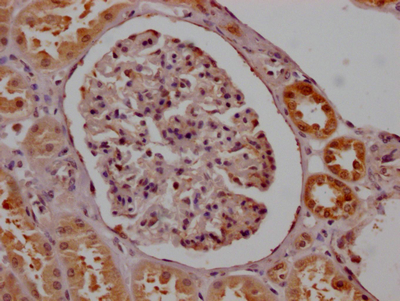To produce an SMN1 recombinant antibody for detecting human SMN1 protein, the SMN1 monoclonal antibody gene is first sequenced, and then the gene is cloned into a plasmid vector. The recombinant vector is introduced into a host cell line, and the SMN1 recombinant monoclonal antibody is purified from the cell culture supernatant using affinity chromatography. Finally, the purified antibody is tested and characterized. The SMN1 monoclonal antibody is derived from hybridomas that produce the SMN1 antibody. During the production of the SMN1 monoclonal antibody, a synthesized peptide derived from human SMN1 serves as the immunogen. The resulting SMN1 recombinant monoclonal antibody is recommended for use in ELISA and IHC assays.
SMN1 protein is responsible for the production of functional SMN protein, which plays an essential role in the assembly of small nuclear ribonucleoproteins (snRNPs). SnRNPs are critical components of the spliceosome, which is responsible for the removal of introns and the splicing of exons in pre-mRNA during gene expression. The SMN1 protein is involved in snRNP assembly by forming a complex with other proteins, including SMN2, Gemin2, and Gemin3, among others. The loss of SMN1 protein function leads to a decrease in functional SMN protein levels, causing the neurodegenerative disorder spinal muscular atrophy (SMA).






